Unspecified Objects
2023
Papier-mâché, acrylic paint
various sizes






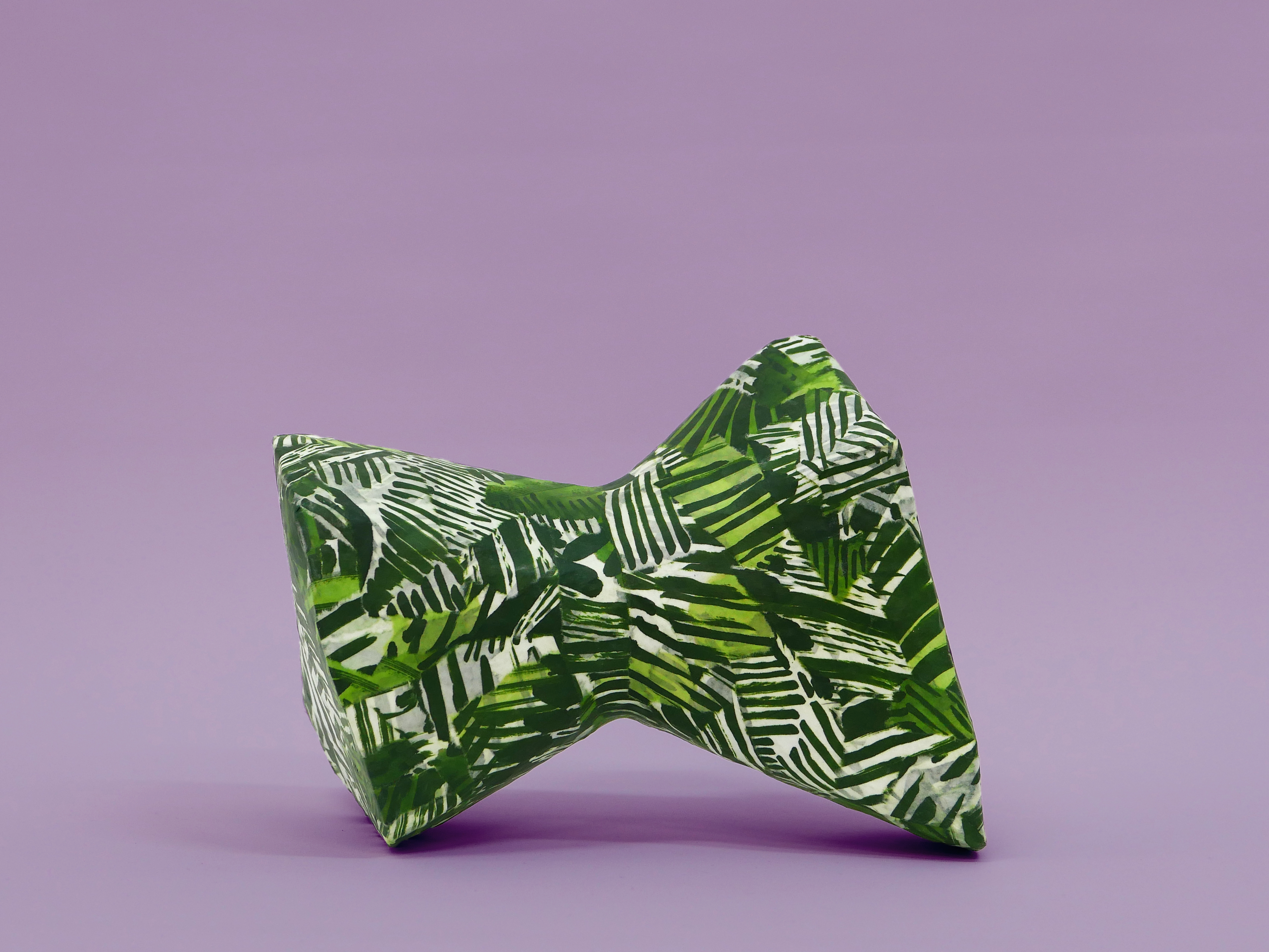











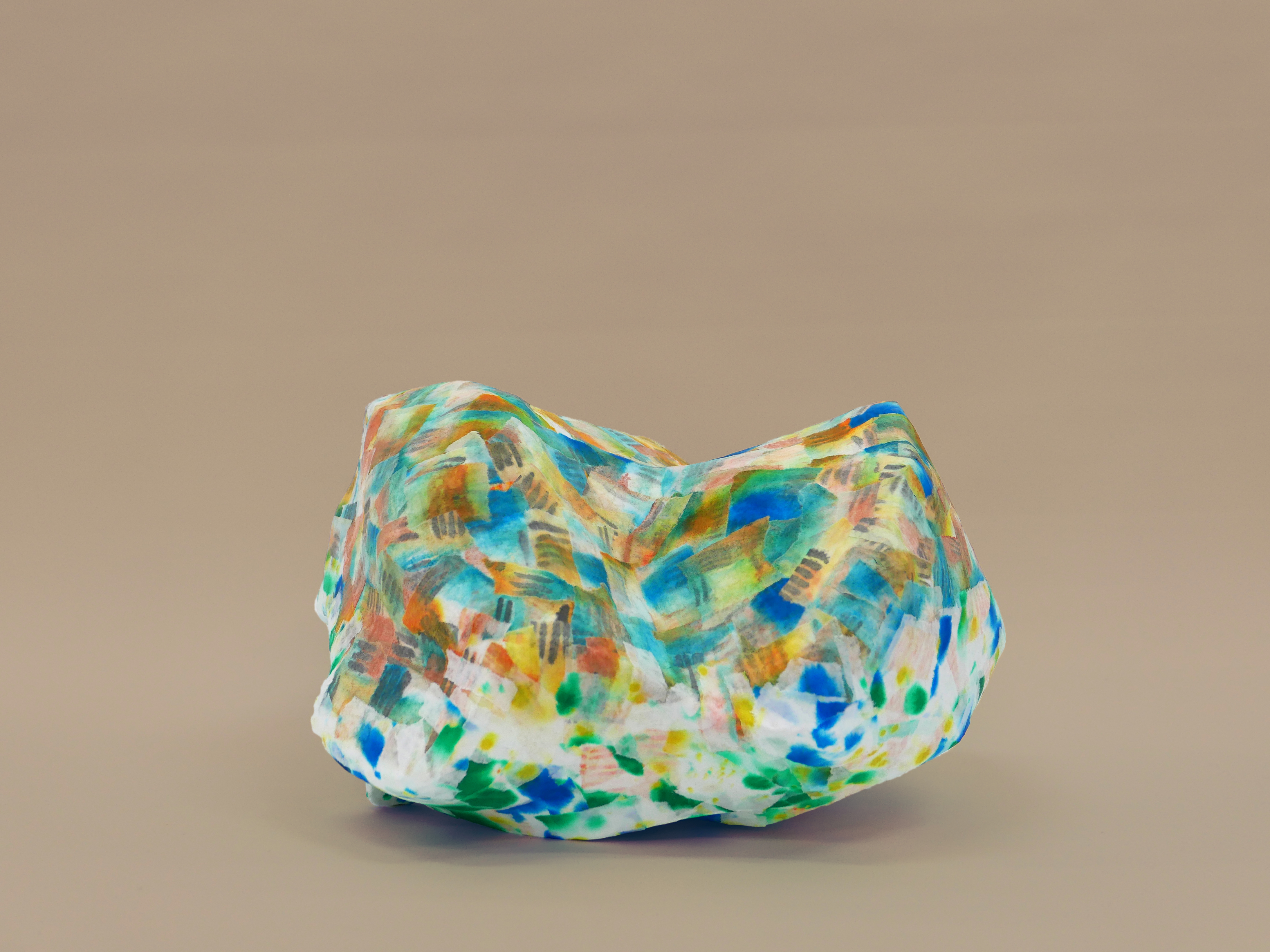






 Untitled (Broken Pattern), 2023
Untitled (Broken Pattern), 2023Acrylic on Canvas
60x60 cm | 24x24 inches
Broken Pattern, 2023
In my painting series, Broken Patterns, I took textile pattern design as a starting point. Textile patterns are designed as a whole, but as soon as the fabric is cut, sewn together, and filled with the volume of a moving body, the pattern is broken in unexpected ways, continuously generating new images. I adopted the interplay of control and chance and employed printing techniques to rework patterns into new painting compositions.




Untitled (Broken Pattern)
2023
Acrylic on Canvas
60x60 cm | 24x24 inches







Untitled (Broken Pattern)
2023
Acrylic on Canvas
50x50 cm | 20x20 inches
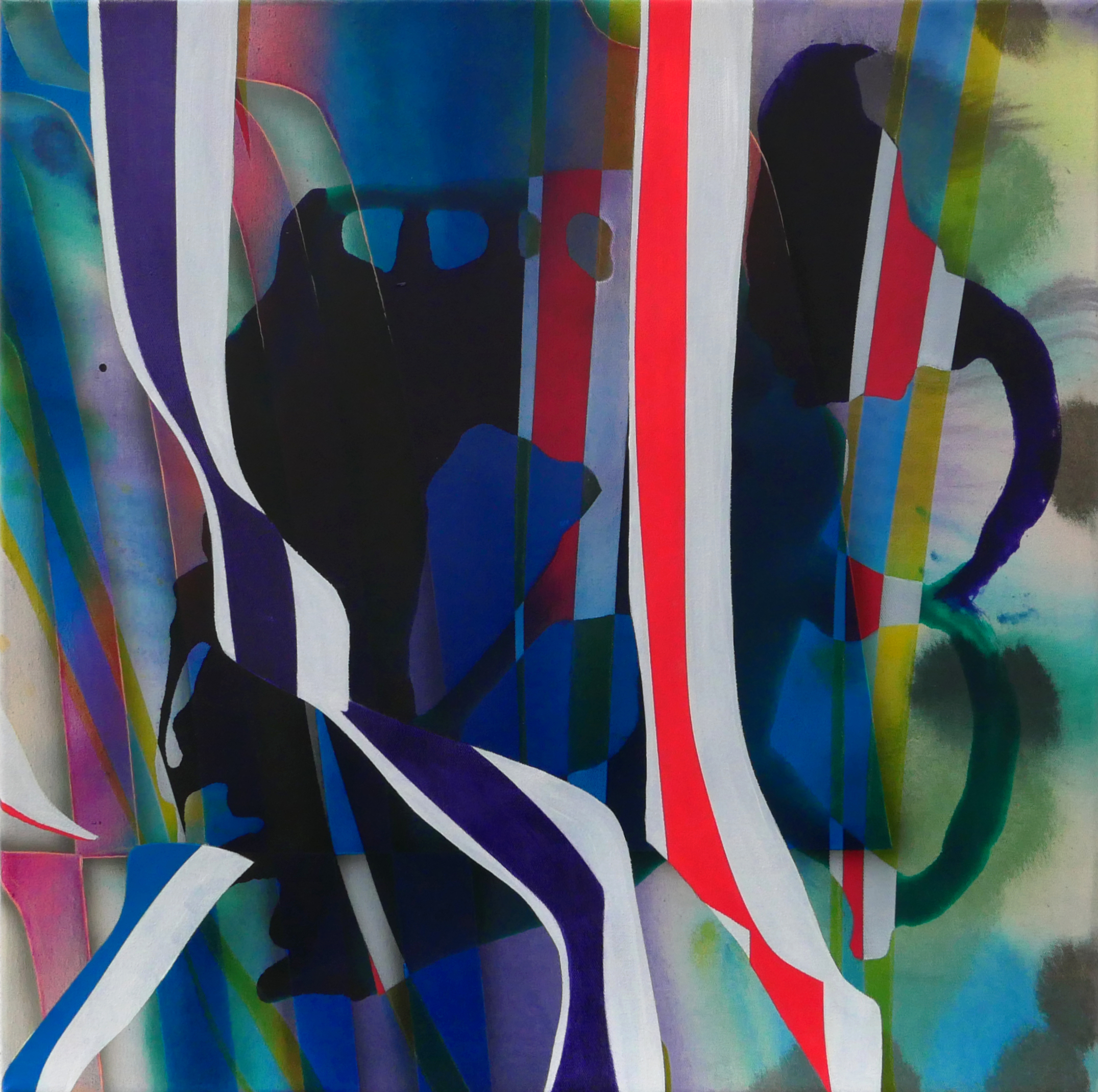

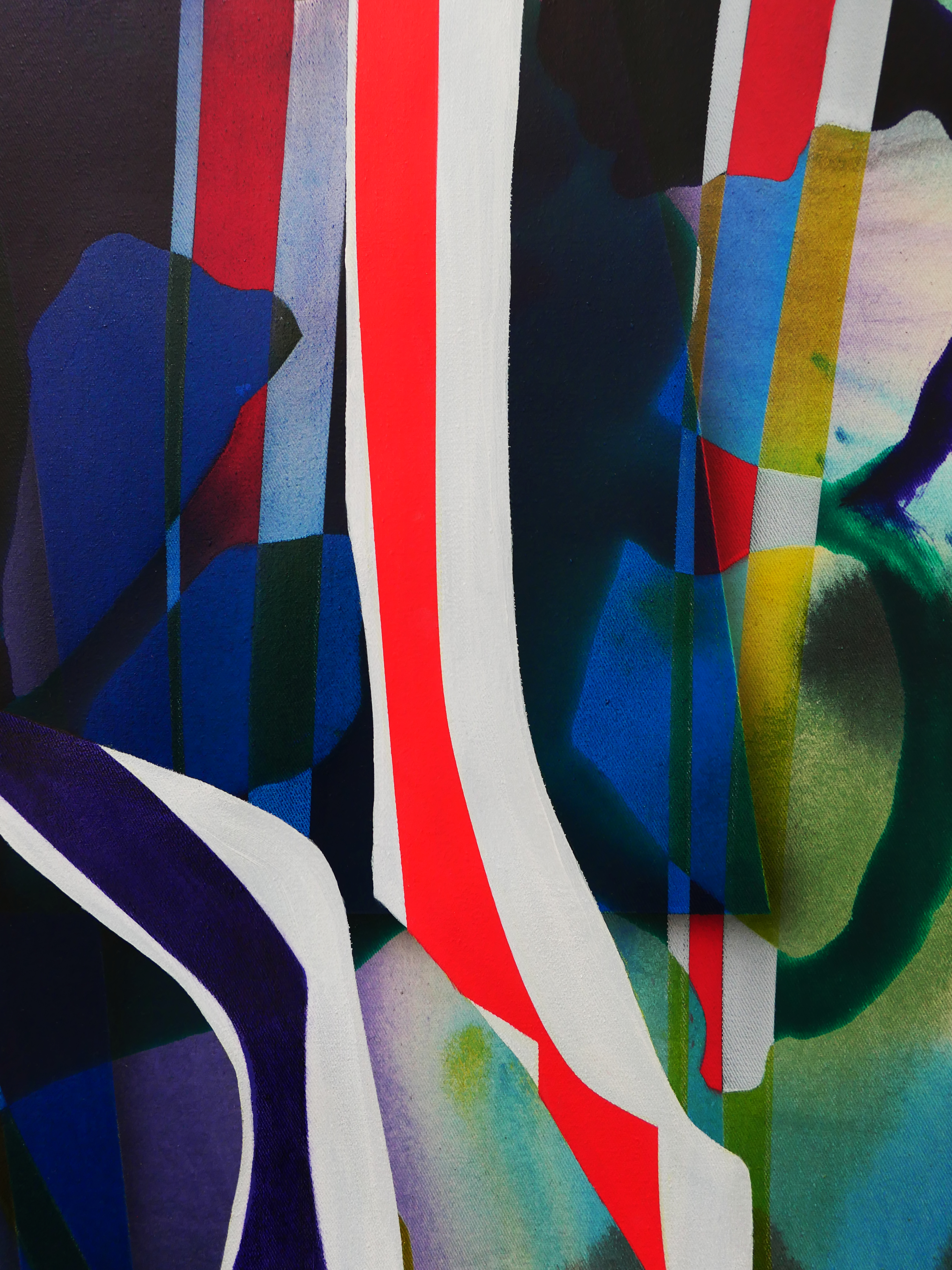




Untitled (Garden), 2023
Acrylic on Canvas200x300 cm | 79x118 inches
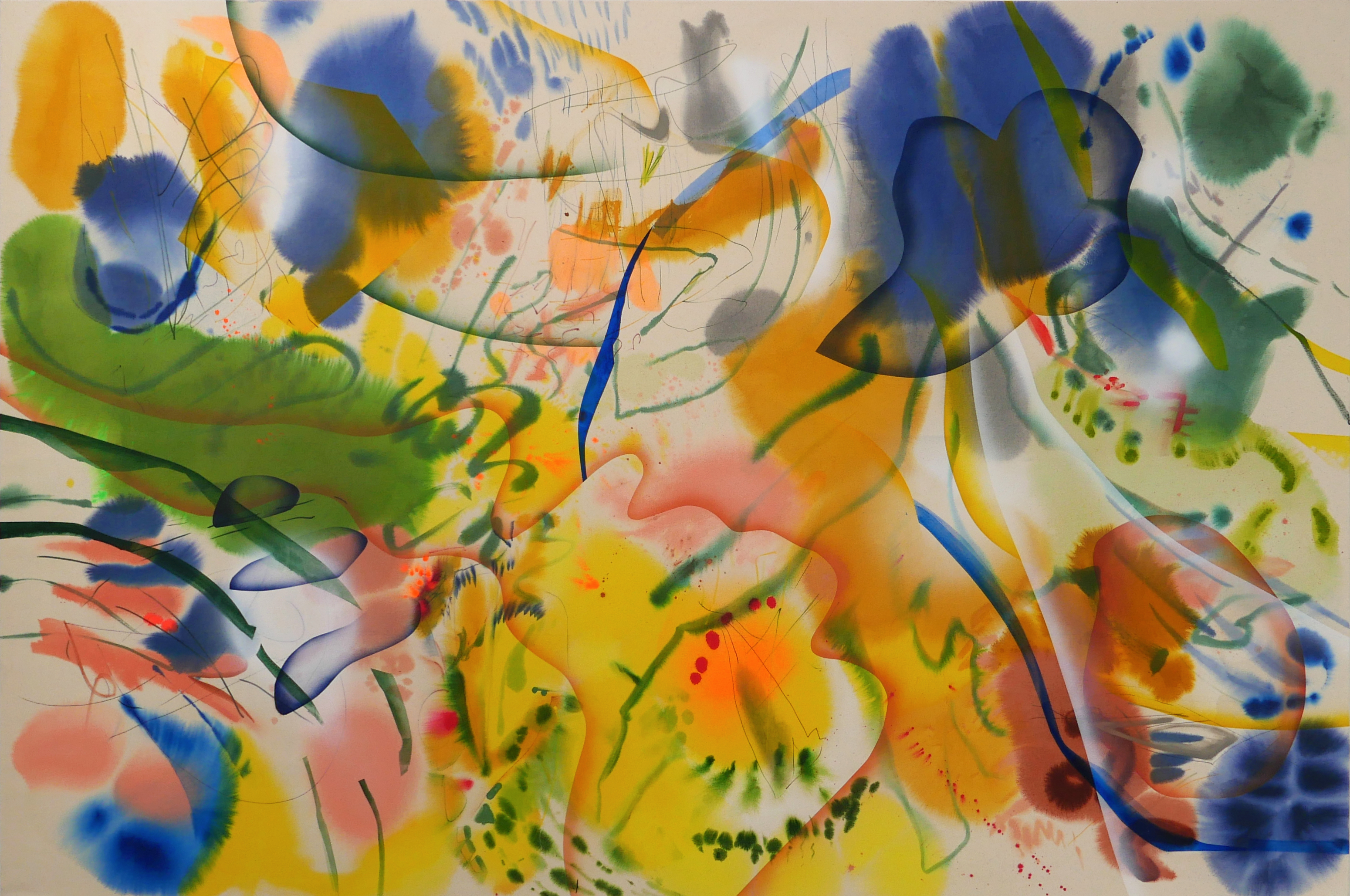
Details
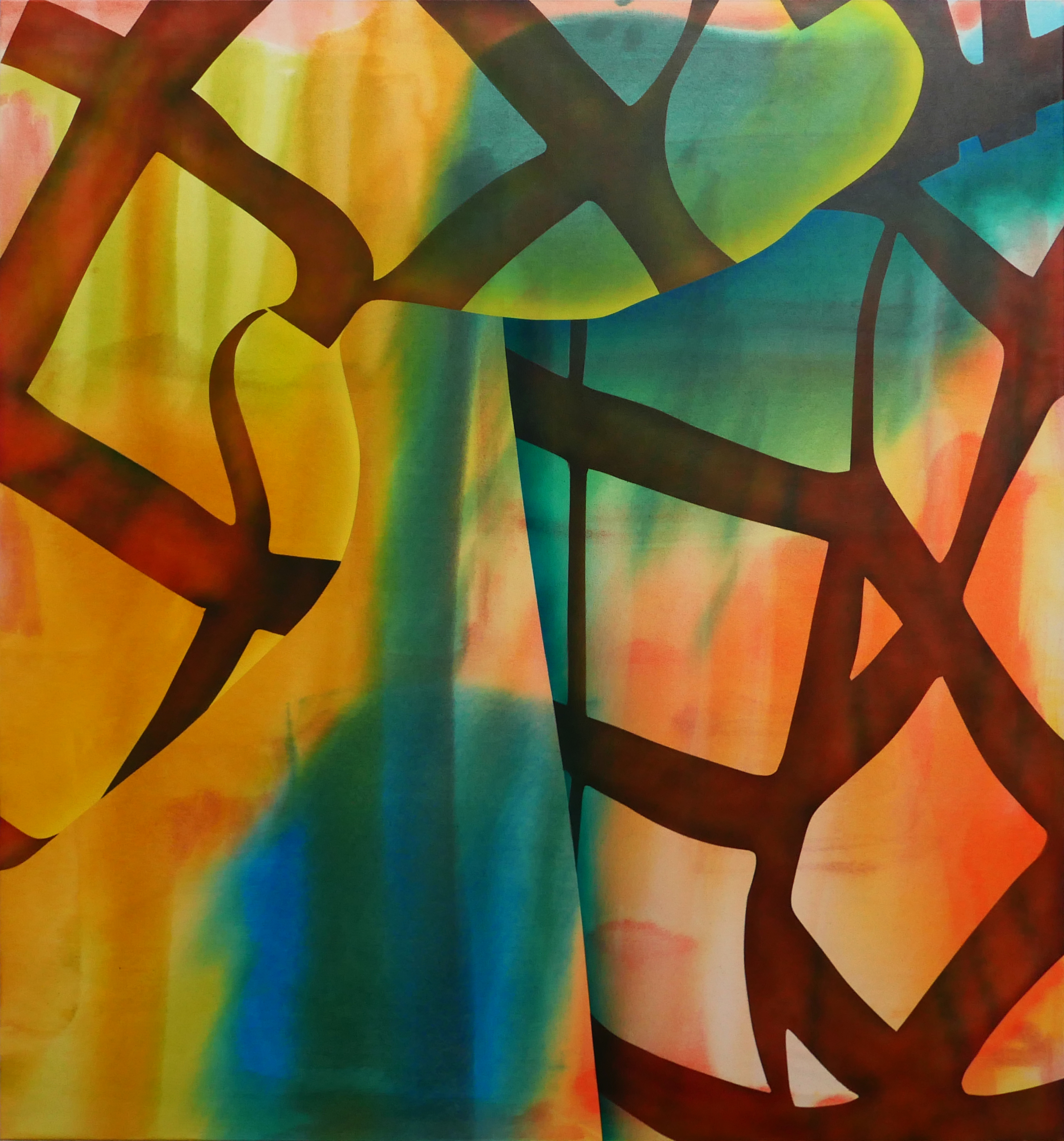
Untitled, 2023
Acrylic on Canvas130x140 cm | 51x55 inches

Untitled, 2023
Acrylic on Canvas130x140 cm | 51x55 inches
Untitled, 2023
Acrylic on Canvas160x200 cm

Untitled, 2022
Acrylic paint on canvas170x220 cm | 67x86 in
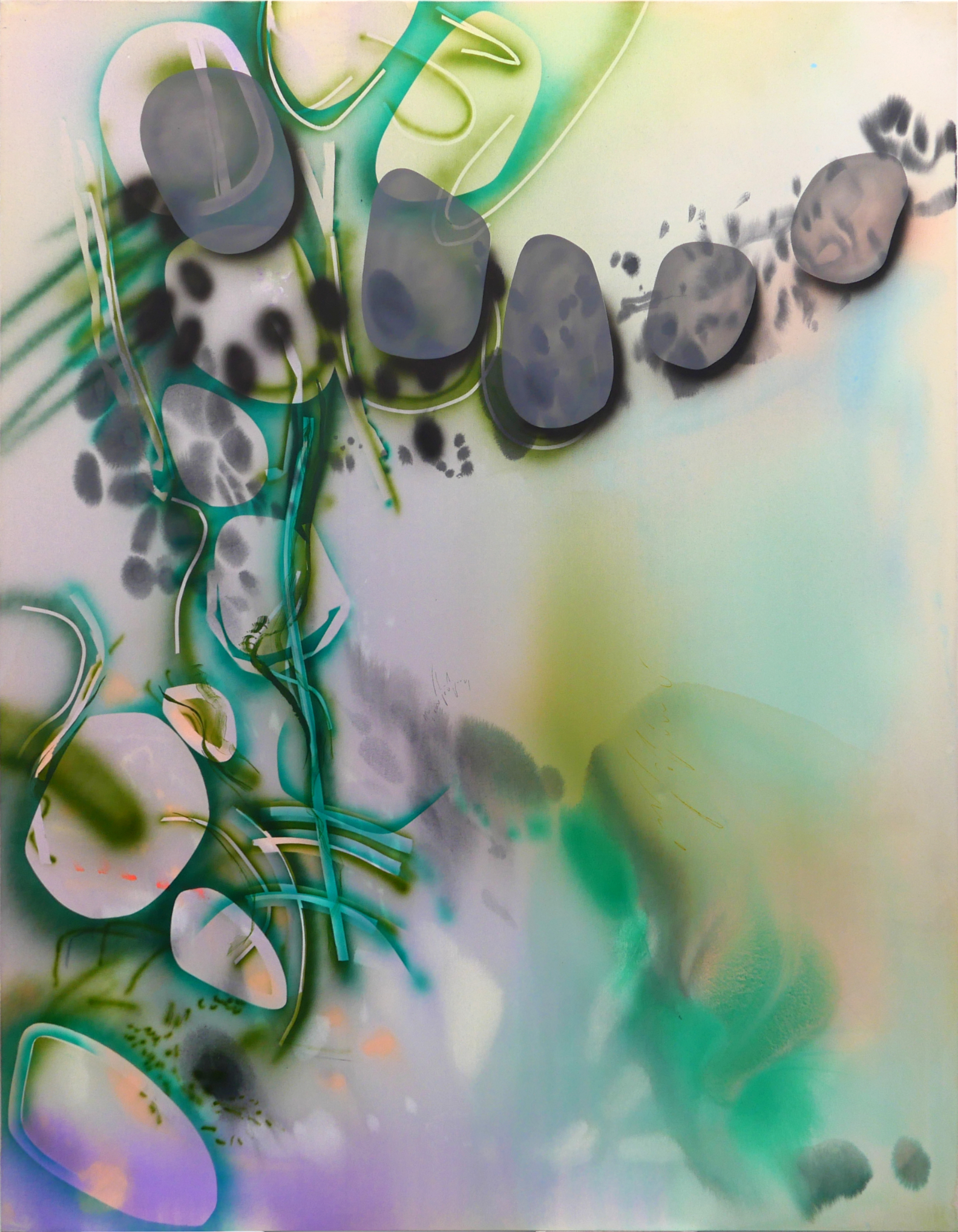
Pods, 2022
Sculptural PaintingsIn Pods, I examine aspects of my painting and assemblage sculpture processes to bring them closer together. I experiment with deconstructing my painting practice to reapproach it as an installation. To do this, I assemble, deconstruct, connect, and repair to create a new installation form and a novel path for my artistic process.
To be more specific, I spatially disassembled the stretcher frame that gives the painting its format—in depth, width, and height—and used it as a grid within which I could build an installation and from which I could have it break out.

I took up some of the central aspects of painting, such as form, color, gesture, and composition, and transformed them into three-dimensional correspondences. Lines and gestures became fragments of metal pipes and rails, rubber hoses, and ropes; I translated patterns using acrylic sheets, stones, magnets, sheet metal, and other building materials; shapes and gestures became poured concrete forms and plants. These components stretch in and out of the frameworks—they hang, lean, balance, jam, pile, or snap into their assigned places.

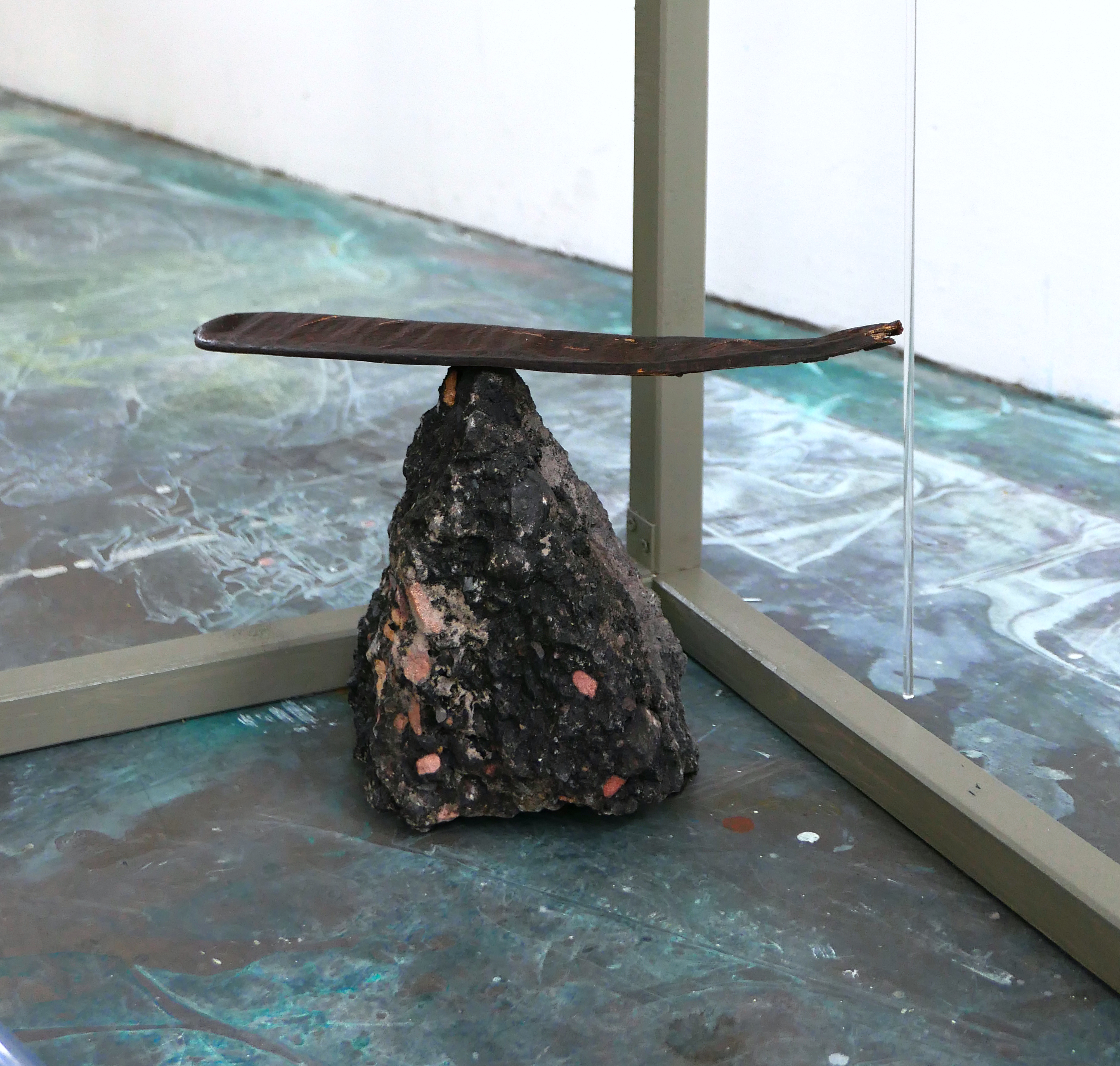
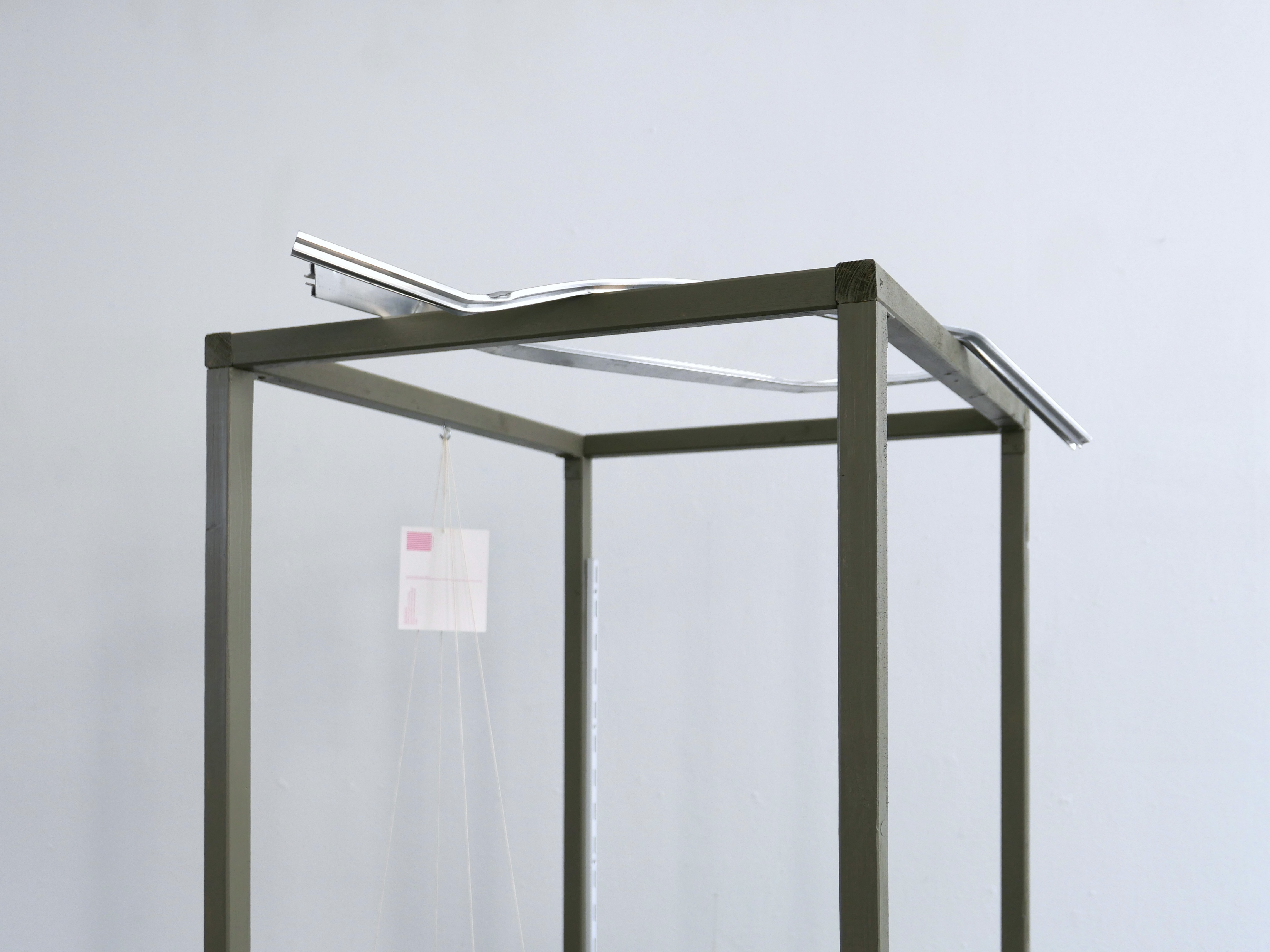
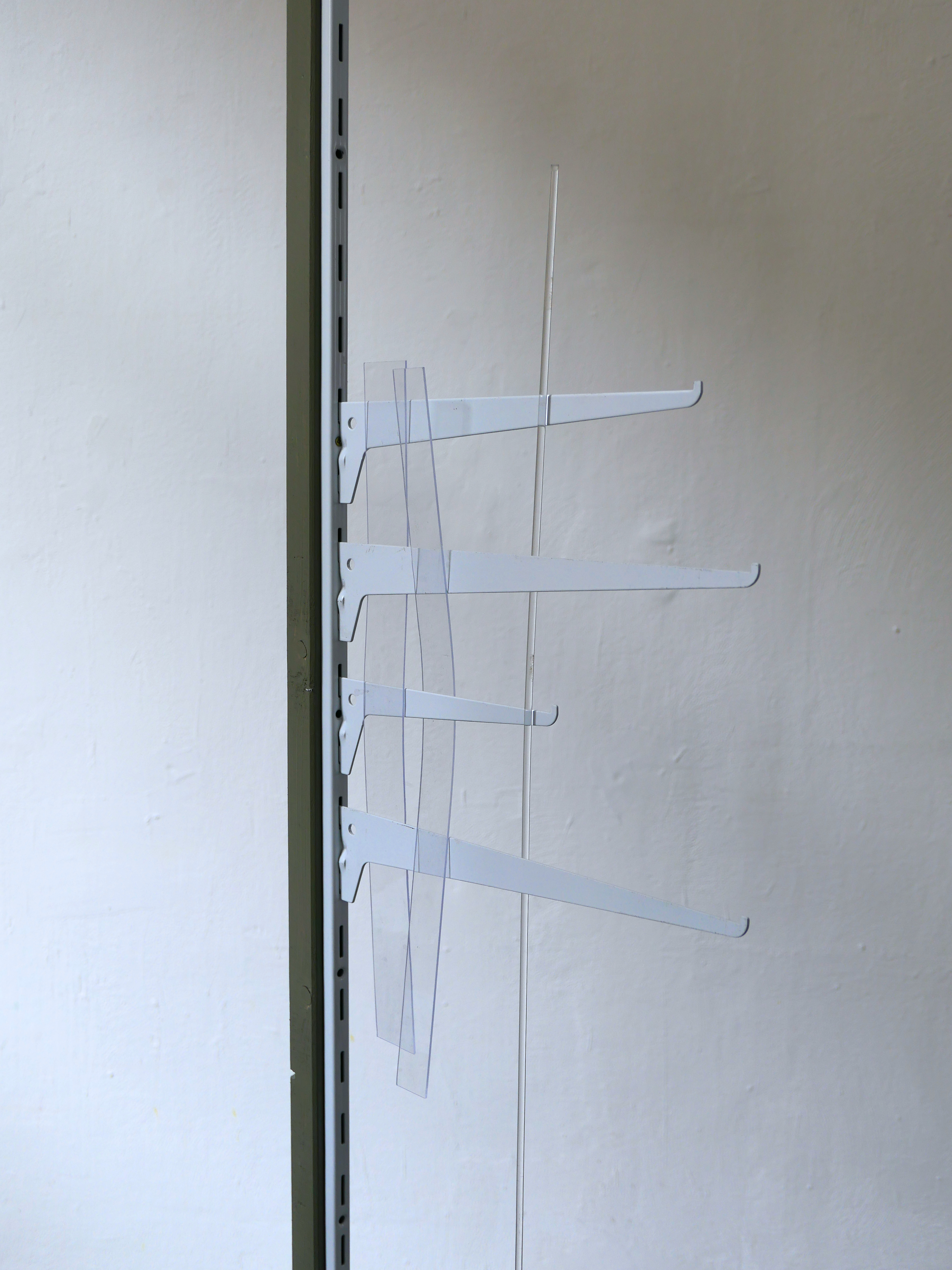

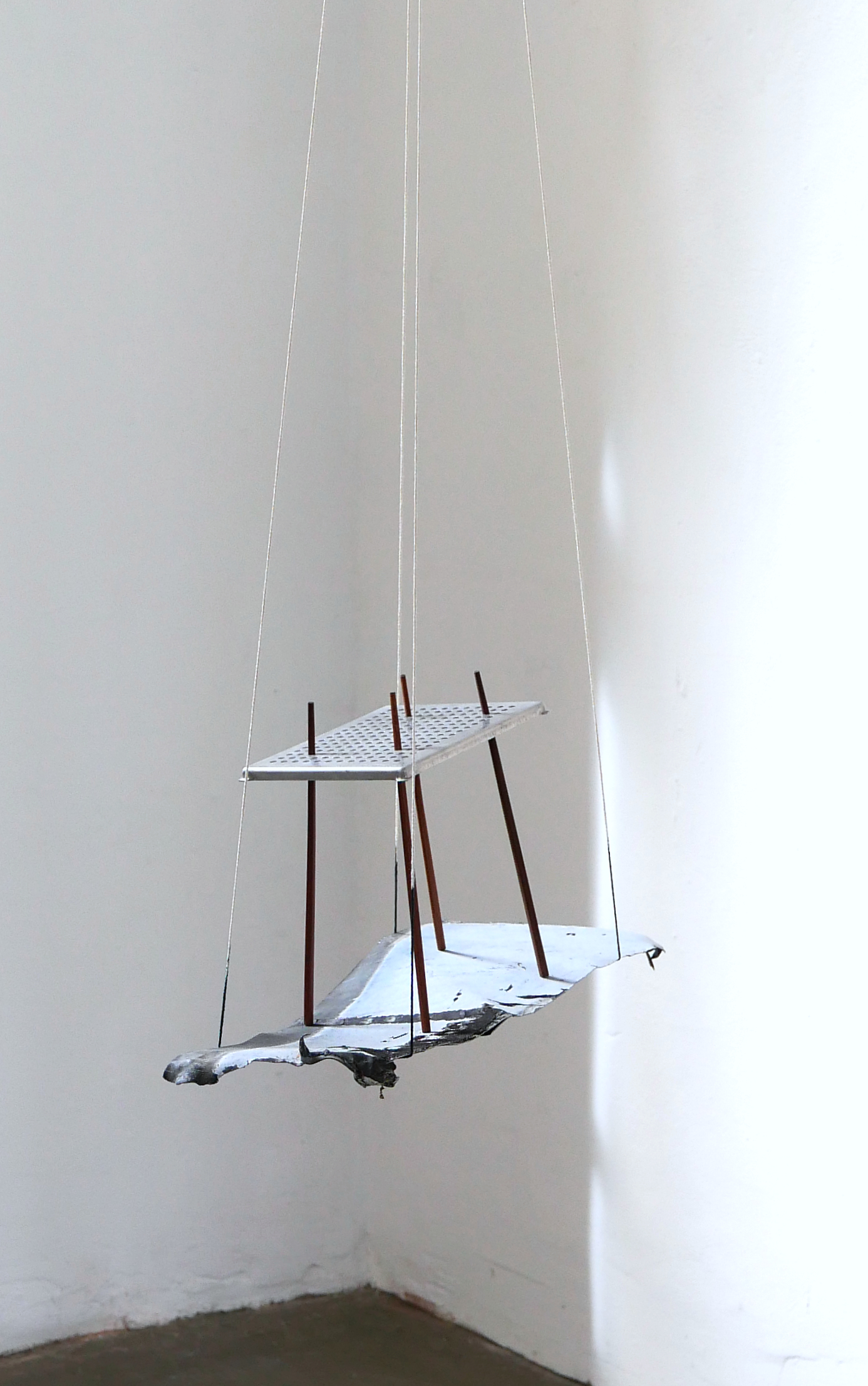

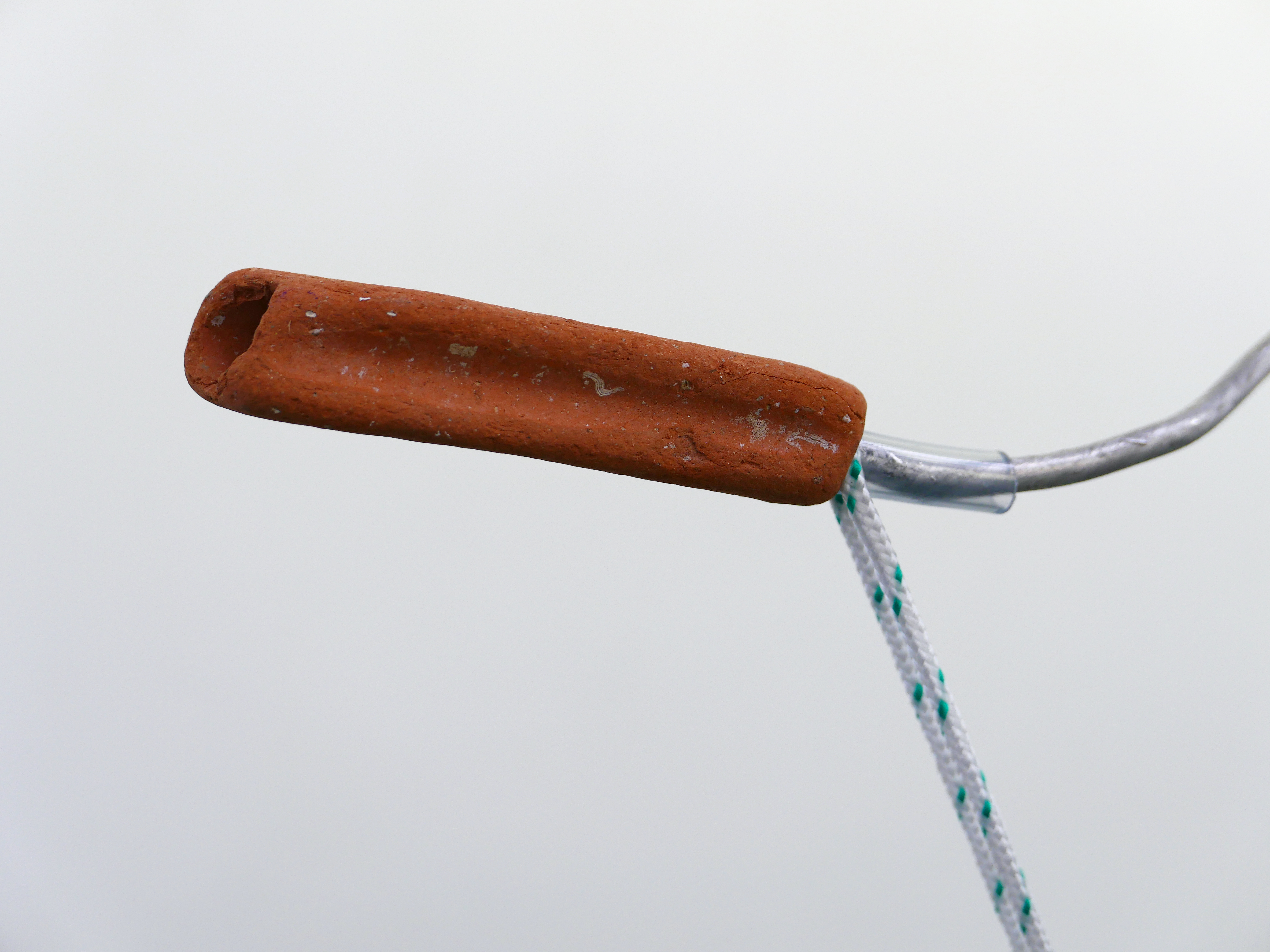

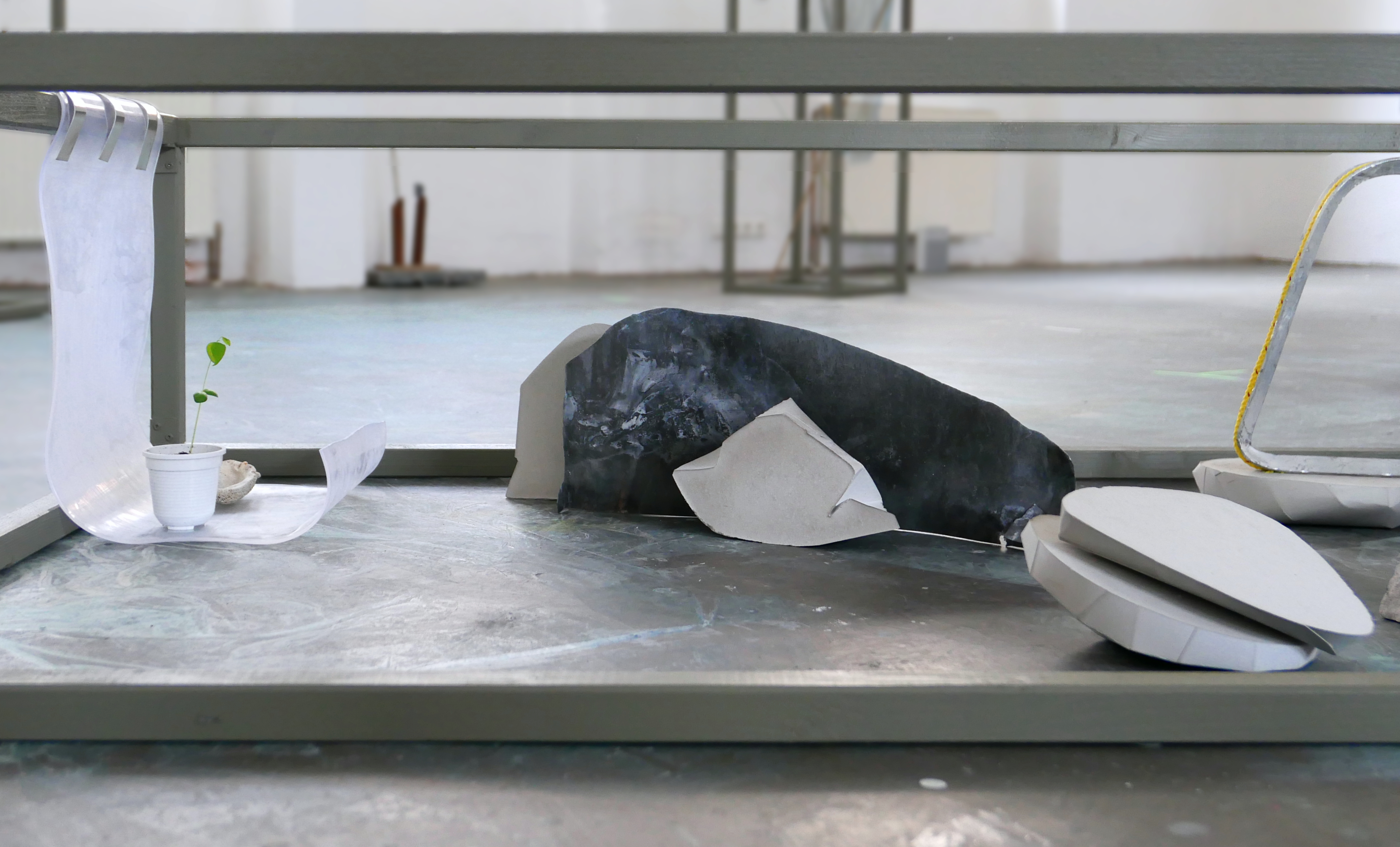

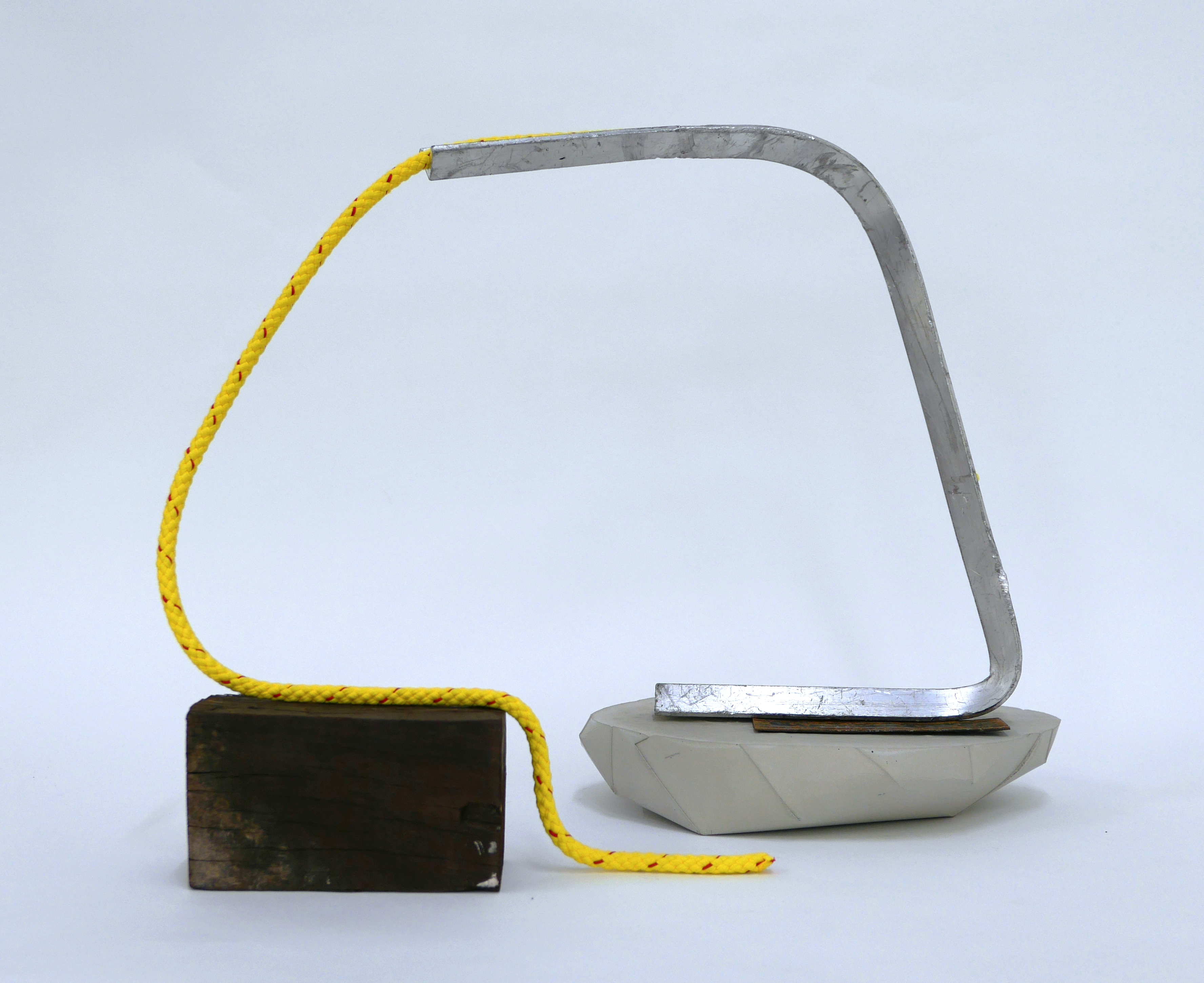



Omeros, 2021
11 Acrylic works on canvas

Untitled (Akimbo), 2021
Acrylic paint on unprimed canvas
150 x 200 cm

Untitled (Forest), 2021
Acrylic paint on canvas
150 x 200 cm

Untitled (5 pm), 2021
Acrylic paint on unprimed canvas
150 x 200 cm

Untitled, 2021
Acrylic paint on unprimed canvas
150 x 200 cm

Untitled (Omeros), 2021
Acrylic paint, pigment on canvas
200 x 220 cm

Untitled (Egret), 2021
Acrylic paint on canvas
150 x 200 cm

Untitled, 2021
Acrylic paint on canvas
150 x 200 cm

Untitled (Moondog), 2021
Acrylic paint on canvas
150 x 200 cm

Untitled (Romare), 2021
Acrylic paint on canvas
150 x 200 cm

Untitled (Suspension), 2021
Acrylic paint on canvas
150 x 200 cm

Untitled, 2021
Acrylic paint on canvas
130 x 170 cm
